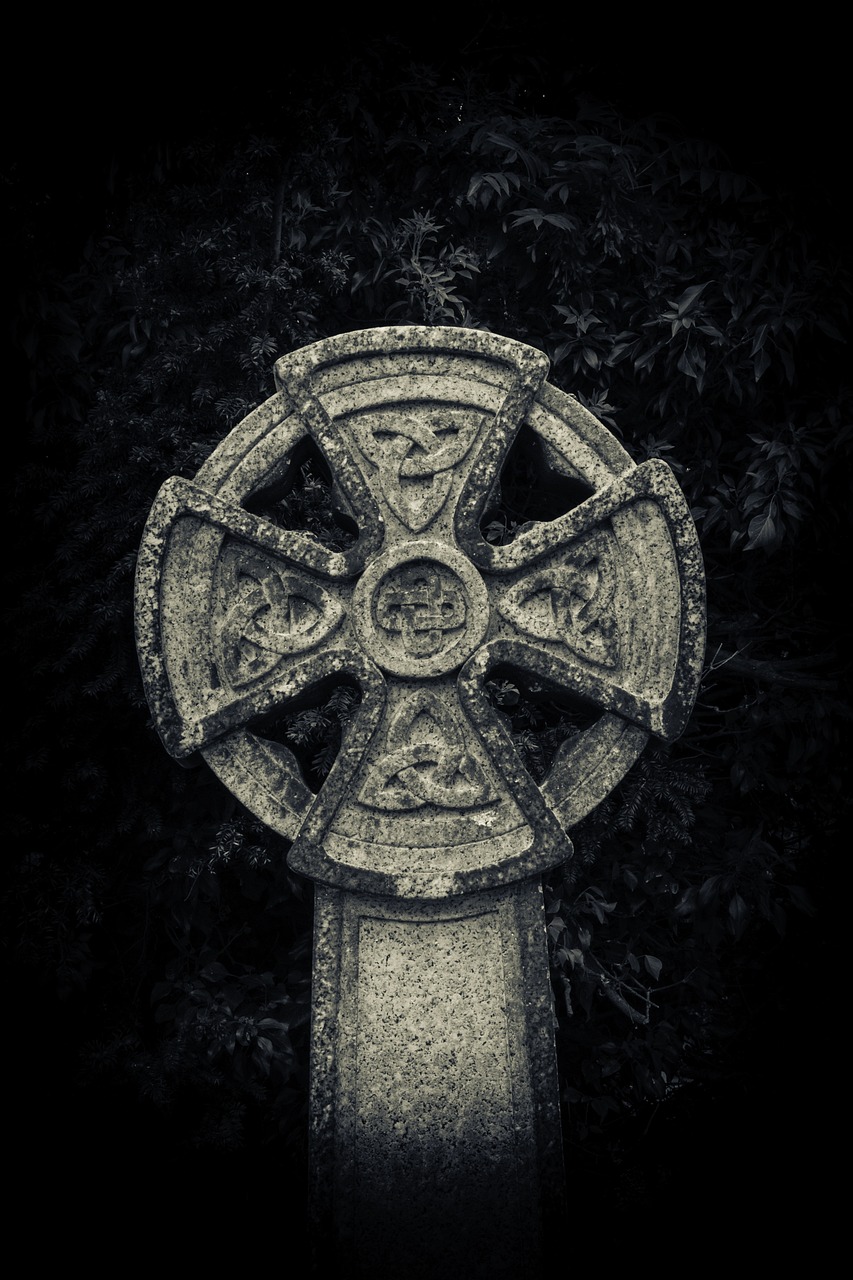Manannan, often referred to as Manannan Mac Lir, stands as a significant figure within Celtic mythology, identified with the mystical Irish race known as the Tuatha De Danann. He is the son of Lir, the god presiding over the sea, and carries the title of Lord of the Sea, a realm from which the Land of Youth or the Islands of the Dead are believed to emerge. Renowned for his mastery over illusions and trickery, Manannan is a complex deity woven into various narratives from the Celtic tradition.
In tales of old, Manannan is frequently depicted alongside his wife, the enchanting Fairy Queen Fand, who is also cherished as The Pearl of Beauty. His lineage comprises sons such as Ilbhreac, the Fairy King, Fiachna, and Gaidiar, and daughters including Áine, Aoife, and Griane. Additionally, he is the foster father of Lugh, a great warrior to whom he gifted numerous magical artifacts.
Manannan possessed a collection of extraordinary items, including the steed Enbarr of the Flowing Mane (also known as Finbar), capable of traversing both land and sea. His magical vessel, the Ocean Sweeper, was uniquely attuned to the thoughts of its sailor, allowing it to navigate without oars or sails. His Cloak of Mists could shift colors at will, booming with thunderous sounds when agitated. Other mystical possessions included a sword named The Answerer (Fragarach), which could slice through any armor, a spear known as Ctann Buide (Yellow Tree), and an impenetrable breastplate.
The Isle of Man secured its place in legend as Manannan’s domain, with his fortress situated atop Barrule and his court convened at Manannan’s Chair on Cronk y Voddy. The island itself bears his name, enriching its cultural lore.
In the mythological tapestry of Irish stories, Manannan met his end at the hands of Uillenn Faebarderg during the battle of Magh Cuilenn. He is believed to rest in the Tonn Banks near Donegal, an area notorious for shipwrecks, where it is said that his spirit conjures storms on the sea. This locale is integral to the triad known as “The Three Waves of Erin.”
Associated Symbolism and Traditions
Various plants and creatures connect to Manannan, including herbs like Alder, Hawthorn, Ragwort, and Burdock, alongside animals such as cranes, horses, pigs, and salmon. His enduring symbols encompass the Triskelion and the Triton. A notable tradition observed during Midsummer Eve involved the Manx offering tribute of rushes at South Barrule.
Myths and Legends Tied to Manannan
Several narratives recount Manannan’s adventures and associations with other characters in Celtic folklore:
– The Boyhood of Lugh highlights Lugh’s early life on the Isle of Man under Manannan’s guidance and showcases the gifts Manannan imparted to him.
– The Coming of Saint Patrick weaves Manannan into the tale of Ireland’s Christianization.
– Fosterage of the House of the Two Pails explores themes of Christianity juxtaposed with Manannan’s origins.
– The Wasting Sickness of Cúchulainn presents a love triangle involving Fand and features a dramatic showdown with Manannan’s involvement.
– The Adventures of Art Son of Conn recounts King Conn’s explorations influenced by Manannan.
– The Voyage of Bran Mac Febal, both in prose and poetic form, narrates Bran’s maritime journey from Ireland, interlaced with Manannan’s mystical realms.
– The Tale of Ethne describes the transition of Manannan’s granddaughter into mortality, aided by St. Patrick.
These rich stories encapsulate the essence of Manannan’s character—a figure embodying mystique, power, and the intricate connection between the physical and otherworldly.



